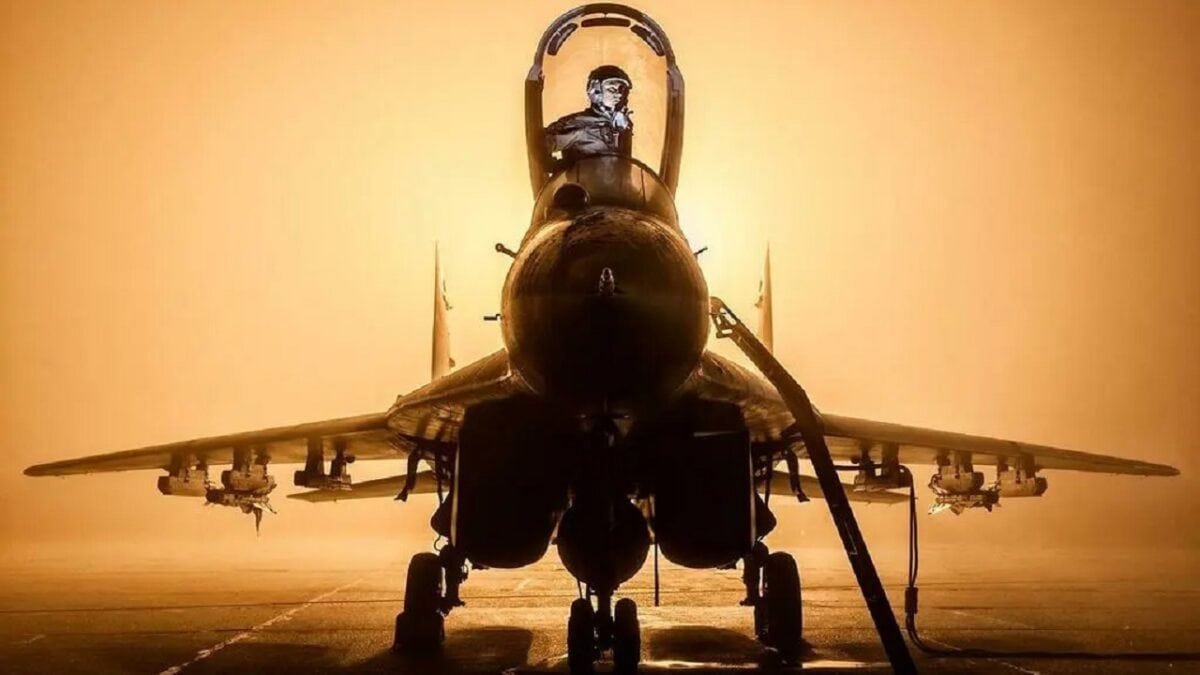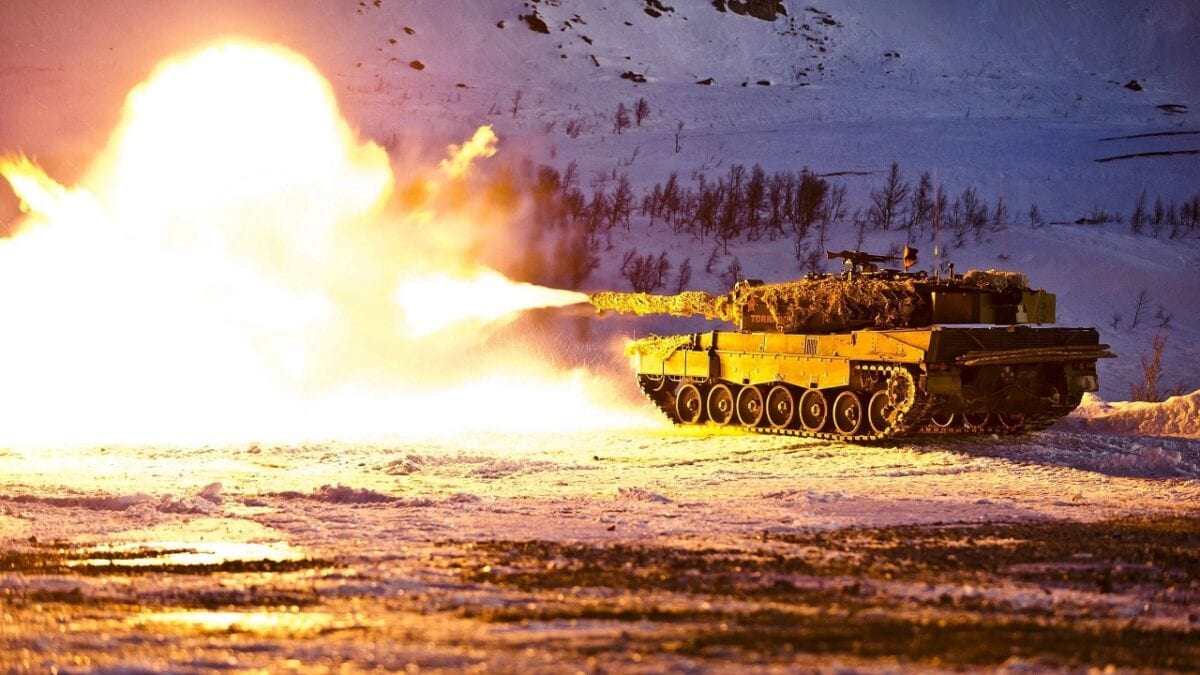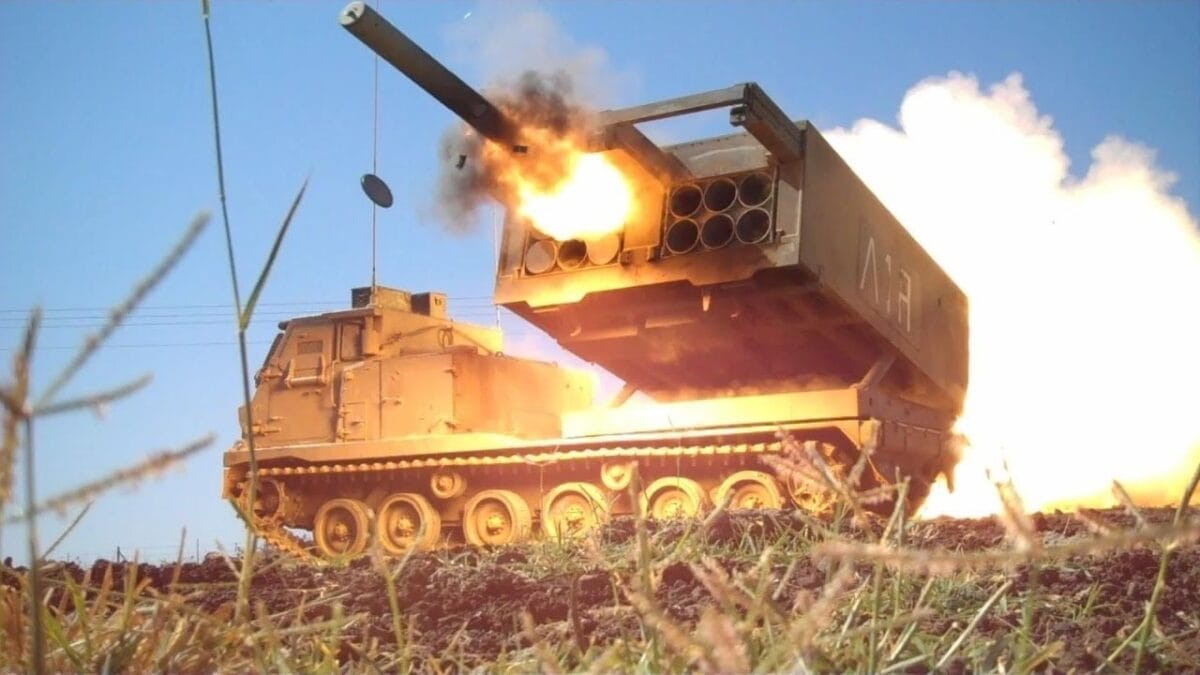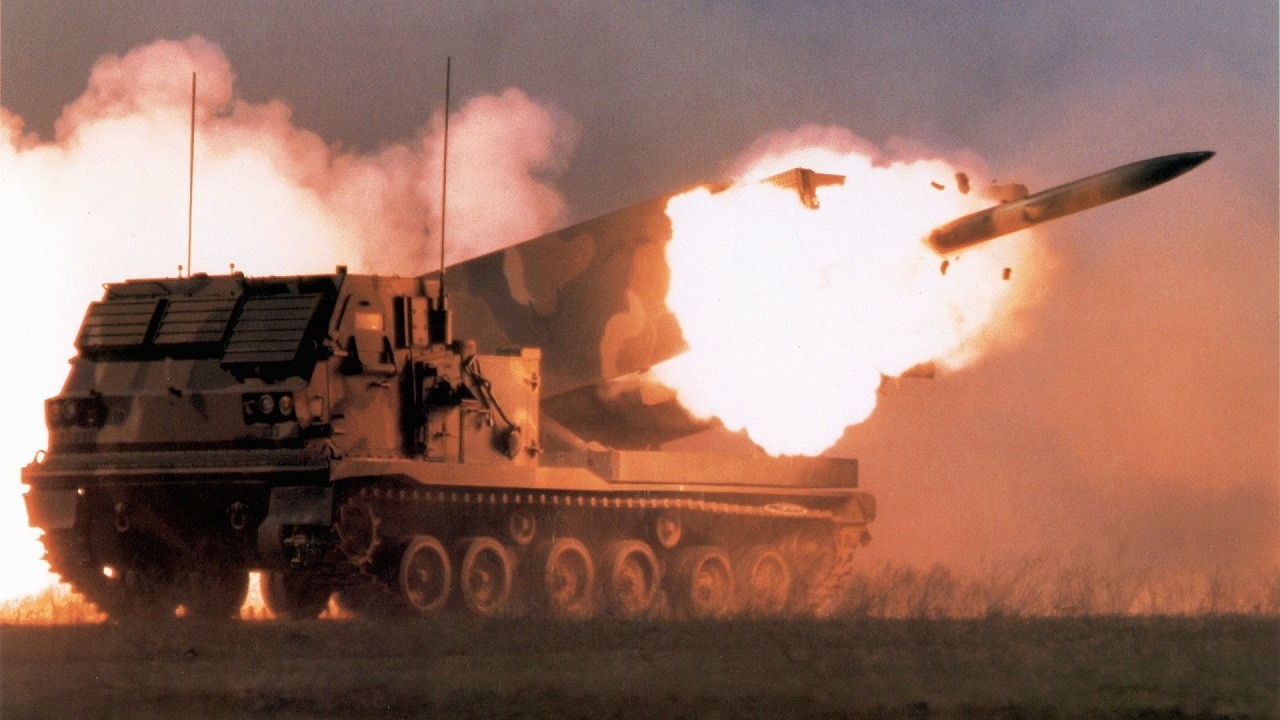In late 2022, many Western and NATO countries promised to send modern weaponry to Ukraine. As U.S. Secretary of Defense Lloyd Austin put it, the intent was to support Ukraine for as long as it takes to drive Russia out. As signs indicate a Ukrainian spring offensive may soon launch, many Western military analysts claim that a sufficient amount of Western armor could turn things around for Ukraine. A careful analysis reveals such optimism may be misplaced.
On March 23, Commander of the Ukrainian ground forces Gen. Oleksandr Syrsky confidently declared the Ukrainian Armed Forces would “very soon” launch a new offensive and drive Russian forces backward, “as we did in the past near Kyiv, Kharkiv, Balakliya and Kupyansk.” Four days later, Ukrainian Defense Minister Oleksii Reznikov announced the UAF had already received tanks and armored personnel carriers from Britain, Spain, France, the U.S., Germany, and Portugal. “The greatest vehicles for the best soldiers,” Reznikov tweeted, adding that it was time to move onward to the offensive.
NATO Provides Modern Equipment & Training to Bolster Ukrainian Armed Forces
Many will understandably point to the considerable acquisitions promised to or already delivered to Ukraine: MiG 29 jets, U.S.-provided Patriot air defense systems, M1A1 Abrams tanks, and Stryker armored vehicles. These are joined by British Challenger tanks, German Leopard tanks, French AMX-10 tanks, Turkish Kirpi armored personnel carriers, U.S. Paladin self-propelled 155mm howitzers, and thousands of drones. That is a lot of firepower. What is far less understood in Western media, however, is the laborious process of turning varied modern platforms into combat power.

MiG-29 fighter. Image Credit: Creative Commons.
Most analysts simply assess that the capacities of the various planes, tanks, and armored vehicles make them superior to their Russian counterparts, and thus the mere possession of them grants an assumed tactical advantage to the Ukrainian side. It is far more complicated than that. As I have detailed in previous analyses in these pages, to use these many platforms from a host of different countries, Ukraine must have reliable logistics supply lines to provide spare parts, trained mechanics, and the ammunition tailored to each system.
Further, each platform includes a unique operating system that operators must learn, in addition to understanding their own Soviet-era equipment. Cobbling all that together, keeping it all operating and supplied with ammunition, fuel, and spare parts is a monumentally difficult task. Yet as hard as it is to cobble together so many different platforms in the absence of mature support systems, the greater difficulty facing the Ukraine Armed Forces will be to use them effectively in a combined-arms offensive.
Reportedly, up to 30,000 Ukrainian troops have received anything from weeks to several months of training at numerous NATO facilities. While this will no doubt improve the capacity of the UAF, the effort is far too disjointed and will not adequately prepare the Ukrainian military to conduct large-scale, properly coordinated, and sophisticated combined-arms operations to penetrate multiple belts of prepared Russian defensive positions.
The chances of overcoming the equipment and logistics challenges as well as difficulties in training and operations would be remarkably low for any force. Compounding the UAF’s challenge, they would be attacking with almost no air cover, and at least through the summer, they would have limited numbers of artillery shells.
Leopard 2’s and M1A1 Abrams’ Combat Performance
There is still another factor that gets far too little consideration in Western press. The tanks Ukraine is counting on are not, in themselves, transformative technology that will greatly increase battlefield capabilities. In fact, the Leopard 2 and M1A1 Abrams have shown themselves vulnerable in combat.

Leopard 2 Tank
In December 2016, the Turkish army was conducting an operation against Kurdish separatists and ISIS rebels in northern Syria. Earlier in 2016, Turkey had lost many of the older M60 Patton tanks they had gotten from the U.S. and decided to employ the more modern Leopard 2A4s. In the Battle of al-Bab in December, the Leopards fared no better than the Patton tanks had, and at least 10 of the German tanks were knocked out by insurgents. Also in 2016, Defense One reported that up to 20 M1A1 tanks operated by Saudi Arabia in its war against Houthi rebels in Yemen had been knocked out.

Let that sink in for a moment. Leopard 2s and M1A1s — the foundation of Ukraine’s battlefield hopes — were knocked out in battle when used by NATO Turkish troops and American-trained Saudis in fighting against insurgents, who themselves had no tanks. The most likely result for Ukraine, whether it’s the Leopard, the Challenger, or Abrams tanks, is going to be little different than the results they have achieved with their forces’ current, Soviet-era tanks. What matters is always how the equipment is used. The tanks themselves make far less difference.
What Comes After Ukraine’s Spring Offensive
While one cannot help but admire the tenacity and courage of the Ukrainian defenders — and wholly understand their desire to drive the invading Russians out — the risk that Ukrainian President VolodymyrZelensky and his generals face is much greater than not succeeding in an offensive. To truly understand what is at stake, we must look beyond Ukraine’s chances for success in pushing forward. A Ukrainian failure would have clear negative ramifications. What few realize, however, is that even a tactically successful drive could ultimately cost Ukraine the war.
A failed offensive could leave the Ukrainian Armed Forces in such a weakened state they may not survive the year as a cohesive force. A successful offensive could also leave them so weakened they become vulnerable to a Russian counterattack. This is because Ukraine has spent months building up this offensive strike force, leaving conscripts and lesser trained forces to languish on frontline hotspots such as Bakhmut. (This has been crucial in giving strike forces time to prepare.)
Once they are spent, there will be little beyond national guard troops to defend the country — and an insufficient pool of manpower from which Ukraine may draw to constitute a new offensive force. The Ukrainian position will be compounded by the number of troops and amount of war material their enemy possesses.
In early February, Ukrainian intelligence reported that Russia had amassed approximately 300,000 troops inside Ukraine for a massive invasion, stocked with an astonishing 1,800 tanks, 3,950 armored vehicles, more than 3,000 pieces of artillery and rocket launchers, 400 jets, and 300 helicopters. The expectation was that soon Russia would blast through with a major push. Perhaps because of Ukraine’s stubborn resistance in Bakhmut, Russia was unable to launch a large-scale winter offensive. There is no doubt Russian forces had to pull reinforcements to replace battle losses in Bakhmut, Vuludar, and Avdiivka.

MLRS rocket system. Image Credit: Creative Commons.
Yet there likely remains a sizable Russian force not currently engaged. As far as we know, Ukraine does not have any meaningful strategic reserve. If the Ukraine offensive is successful and drives Russia back by any distance, they will be a spent force. If the Russian lines bend but don’t break and only give small incursions along the line, the UAF will also become a spent force. In either case, once that moment of culmination has been reached, Russia will have a large and well-supplied force to launch a major counterattack of their own. Ukraine will be hard-pressed to stop a Russian counterattack.
In the last part of this assessment, we will examine the tactical situation for each side in more detail. We will take a deeper look at what might come after Ukraine’s presumed offensive and consider what conditions might look like for each side going forward. Emotion and Western preference for a Ukrainian victory aside, a calculating examination of the combat and wartime fundamentals do not bode well for Kyiv.
Author Biography and Expertise
A 1945 Contributing Editor, Daniel L. Davis is a Senior Fellow for Defense Priorities and a former Lt. Col. in the U.S. Army who deployed into combat zones four times. He is the author of “The Eleventh Hour in 2020 America.” Follow him @DanielLDavis.

